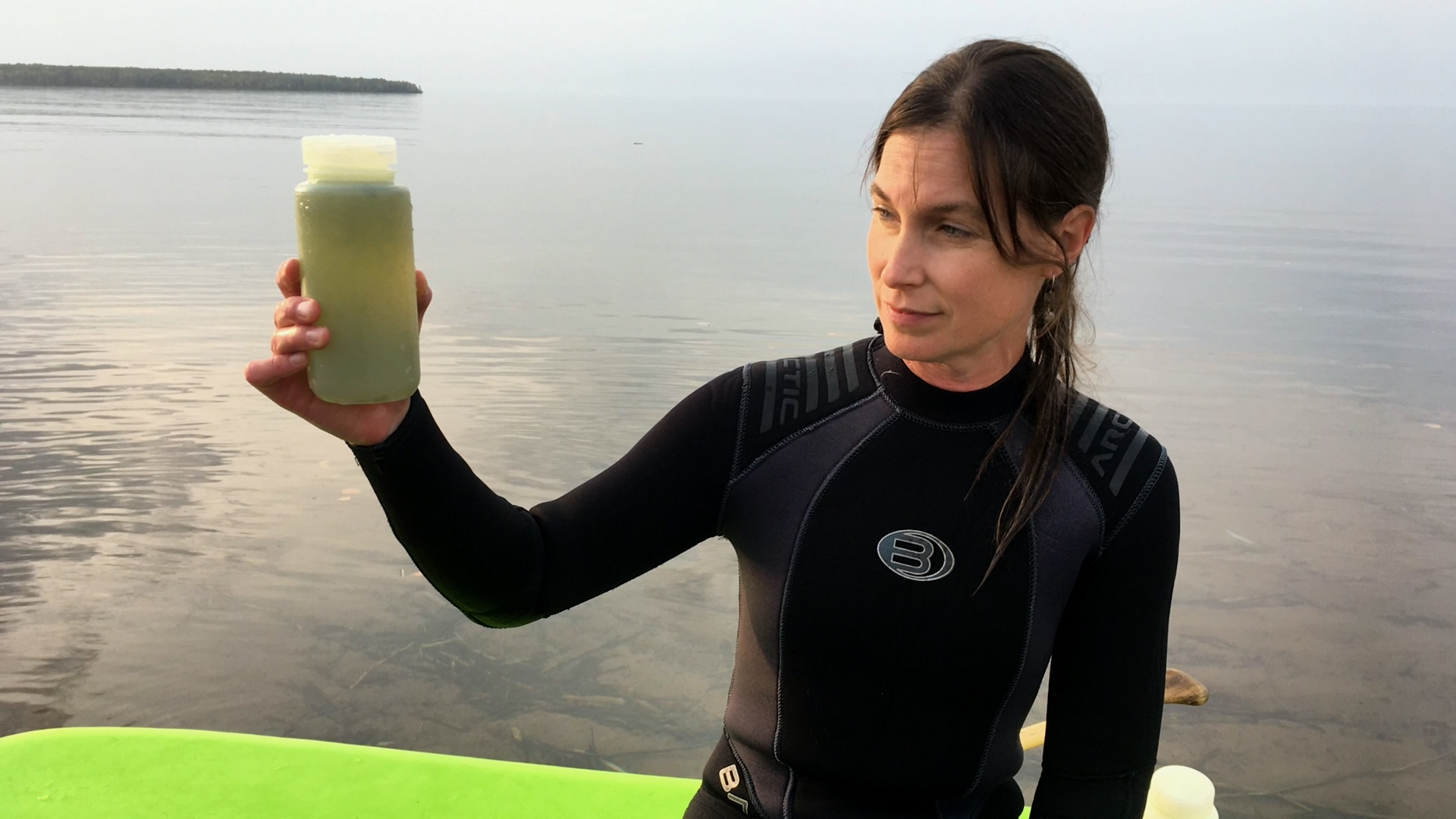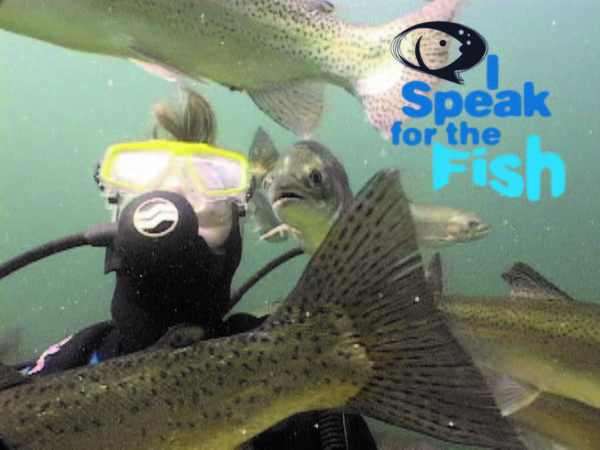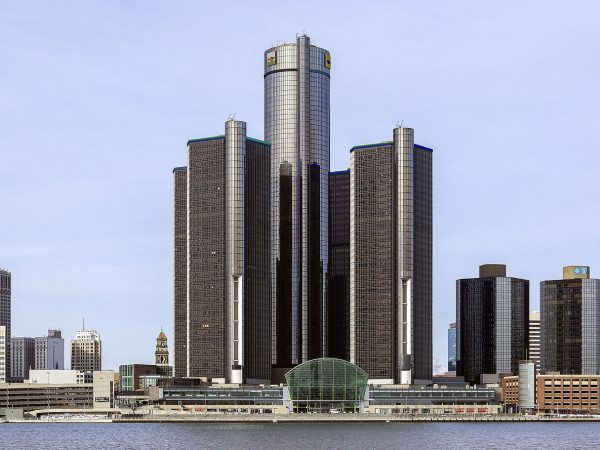
This lesson will introduce students to the phenomenon of eutrophication by helping them understand the reasons behind the novel algal blooms observed in Lake Superior, the impact that climate change has on algal blooms, and how toxic algal blooms affect the Great Lakes.

Lesson Objectives
- Know how the watershed concept can help explain and predict the locations of algal blooms
- Understand the problem with harmful algal blooms, and the specific algal blooms facing the western region of Lake Superior
- Be able to explain the process of eutrophication and what factors can magnify or mitigate it
View the entire lesson plan including teacher background information, worksheets and more below or download for free here.
Activity 1
This activity is a video discussion of a Great Lakes Now episode segment that discusses discusses the problem that came up earlier in the discussion: what can happen to a lake if its watershed gets polluted? During the video students need to jot down four things they took away from it.
Watch a Great Lakes Now Segment
Activity 2
This activity aims to provide students a better understanding of harmful algal blooms and the effect that they can have on aquatic ecosystems. Moreover, it will provide students with additional information about the Algal Blooms happening in Lake Superior, which they learned about in the video. The purpose of this reading is to help students understand why the emergence of any algal bloom activity in Lake Superior is cause for concern.
Read About Harmful Algal Blooms
Activity 3
The purpose of this activity is for students to create a model that will communicate how algal blooms (and harmful algal blooms) happen in a lake. First, inform students that they will be working with their groups to create a eutrophication model that explains how algal blooms and harmful algal blooms occur. Elicit student suggestions about what makes for a good model (e.g., a visual representation that explains how something works) and what sorts of aspects of eutrophication should be included in the model
Check out Great Lakes Now’s segment on algae blooms on Lake Superior and the other segments featured in Episode 1028: Birds, Blooms and Being Back on this month’s landing page.
If you use this lesson or any of its activities with your learners, we’d love to hear about it! Contact us with any feedback or questions at: GreatLakesNow@DPTV.org




